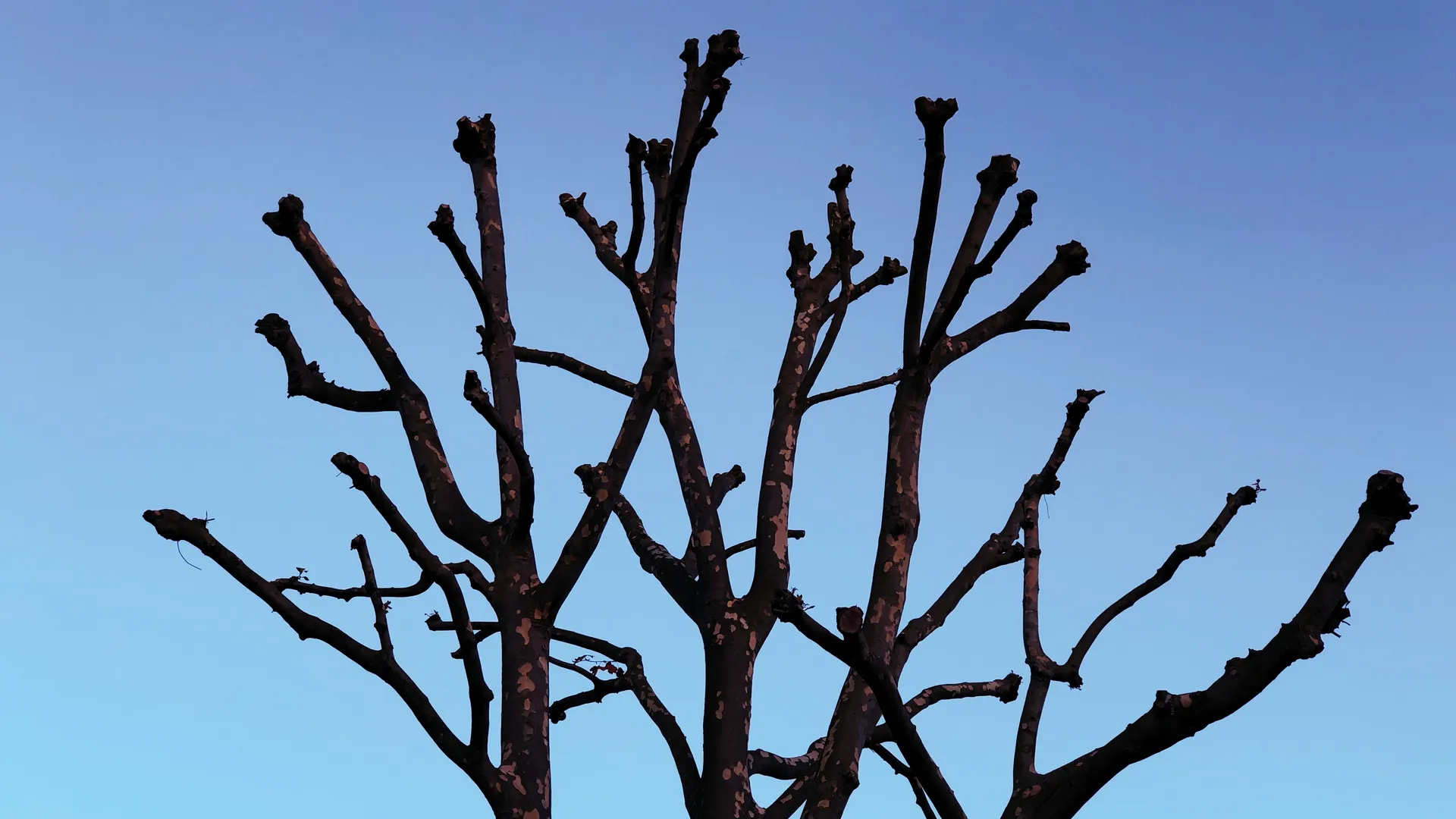Interesting journal #8

Sounds and music.
∞
Lost Voices of Hagia Sophia
The Lost Voices of Hagia Sophia: Medieval Byzantine Chant is a record of medieval Byzantine chant. The album was recorded and processed live with virtual acoustic. The goal was to match the acoustic of the cathedral of Hagia Sophia and thus to recreate what would the chant sounded like in medieval time at that particular place. Think of acoustic archaeology. The considerable quantity of marble inside the cathedral allows the frequencies in the human voice to sustain for up to twelve seconds. The voices blend and linger, creating a remarkable soundscape. The building is still there, and why not just record the performance inside it. Well, Hagia Sophia is old and has been turned into a museum. The acoustic is not the same anymore.
More to read here.
∞
Field Works
I picked up the new album of Field Works called Ultrasonic. Each album of Field Works builds upon samples and recording from a particular location and time. This new opus features tracks from various artists that use the recordings of echolocations of bats as source material. I love it. It’s a new favourite album for deep work!
∞
Waterfall
Why is the sound of a waterfall so relaxing? It is perhaps because it’s pure noise. The sound of a waterfall result of the addition of multiple sines and cosine waves. The interference of the various frequencies results in what we hear. This episode of The World According to sound podcast demonstrate this beautifully.
Waterfall and rain sounds are a naturally occurring white noise. This type of noise combines all the different frequencies of sound. People use white noise to mask out distracting noise, focusing on a task or soothing a crying baby. For white noise, I can’t recommend enough the excellent mynoise.net site.
∞